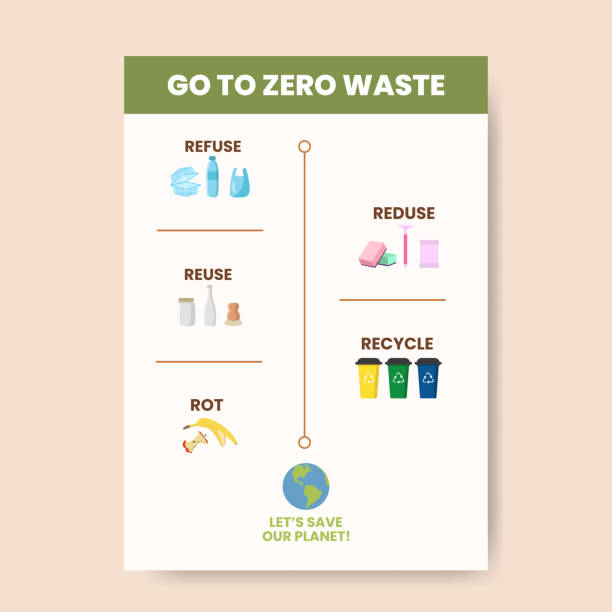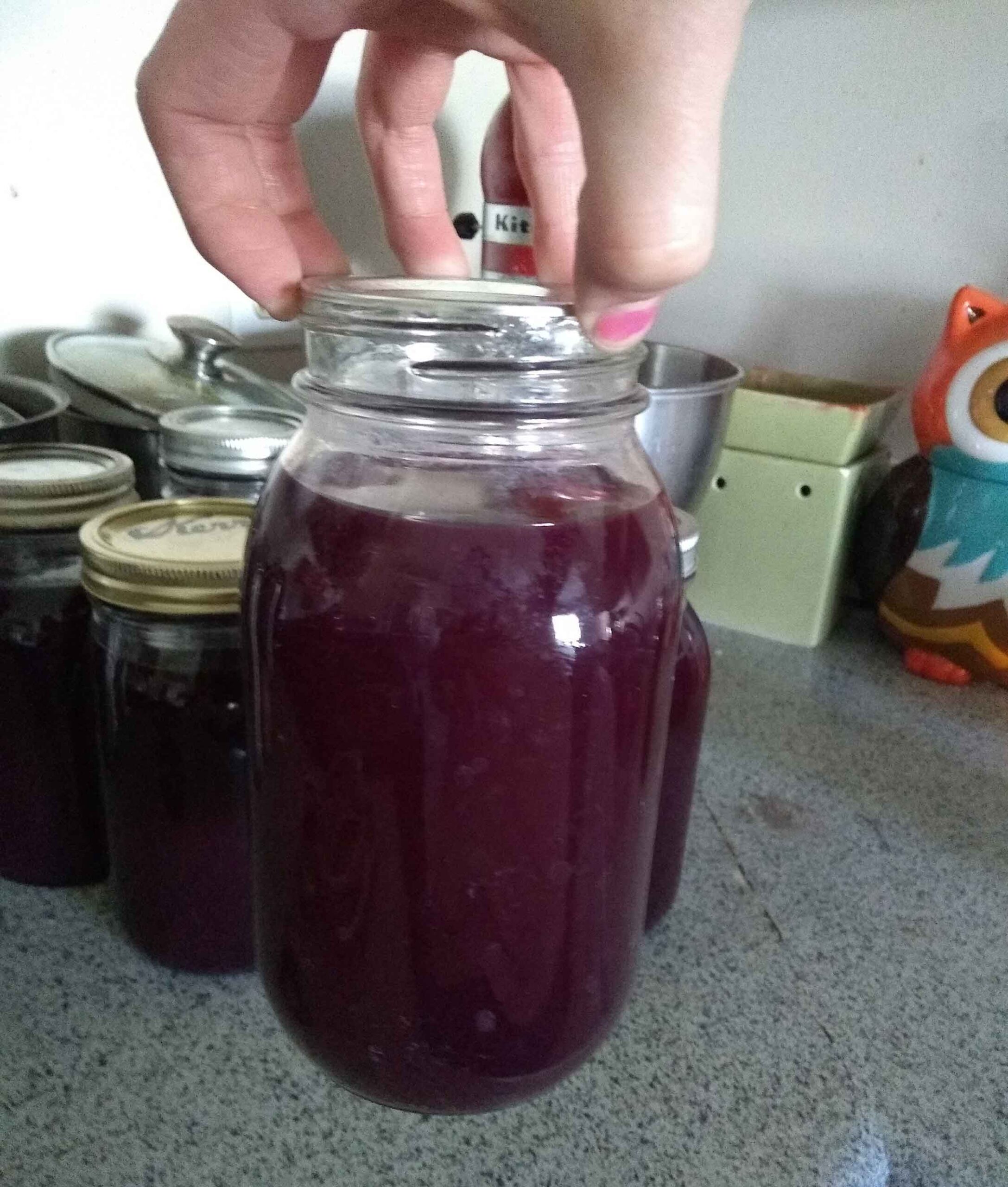Three different signs were posted: “Did You Know That A Bottle Of Soda Or Fruit Juice Has About 250 Calories?” “Did You Know That A Bottle Of Soda Or Fruit Juice Has About 10 Percent of Your Daily Calories?” and “Did You know that Running 50 Minutes to Burn Off a Bottle of Soda or Fruit juice?”
The equivalent physical activity was the most successful of the three. It reduced the likelihood of purchasing a sweetened beverage by 50%.
The study examined the purchases of low-income black teens in Baltimore. The study was published in the American Journal of Public Health.
Evidence shows the health risks of sugars, such as tooth decay or unhealthy weight gain, are not caused by eating sugars naturally found in milk and fruits but rather from consuming too much sugar in your diet.
It is, therefore, recommended that you do not consume more than 10 percent of your daily calories from sugars. This is only a little more than 50g of sugar for the average adult. Australians are estimated to get 60 % (65g) of their sugar intake through free sugars.
Foods that contain free sugars, such as soft drinks, juices, biscuits, and lollipops, are usually high in calories and lack any nutritional value. They are often easier to consume than fresh fruit and may also replace other nutritious foods.
Imagine a bottle of fruit juice. You would need to eat six oranges in order to consume the same amount as the juice. Because the liquid is of fruit, it counts toward your daily sugar limit.
The calories in drinks with sugar are often added to the food you eat, leading to weight gain.
If you’re trying to limit your sugar intake, it is not recommended that you eat large quantities of dried fruit. The nutrients in the dried fruit are concentrated when the water is removed. Dried apricots, for example, contain six times more sugar than fresh apricots



